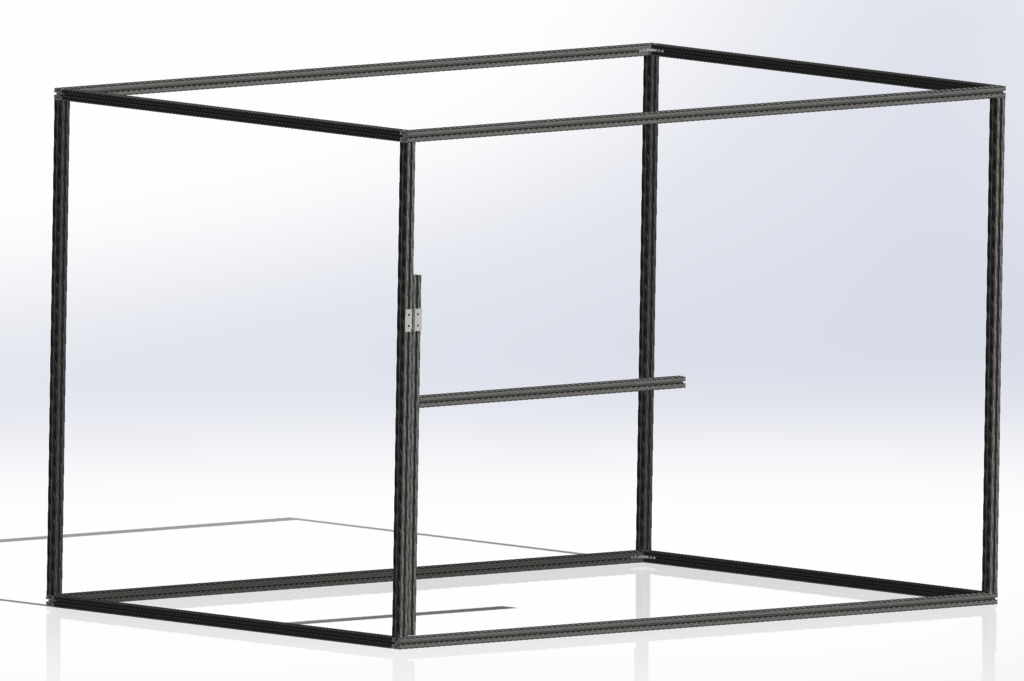Hello and welcome to week 3 of IGT Lab’s dev blog!
We started off this week with a quick review of our pitch deck we planned to share with our clients. While we unfortunately were not able to share those ideas with them this week, we were able to with the numerous faculty at the ETC during quarters.
There was a lot of positive reaction from the Duolingo idea, as it connected education, current location, and games altogether. Duolingo being local also played a large role in making this a more exciting prospect, as we could potentially lean on Duolingo for a partnership and feedback.
There were concerns too however, mainly regarding time.
While working with existing brand was smart in that we could lessen the burden of having to come up with a brand new IP, the fact that we had to build a brand new platform from ground up and work with a brand new operating system, meant that we could not begin building fast enough. After further discussion with the team, we ended up deciding to go ahead with further developing the Epic Games/Virtual Concert idea.
So why virtual concerts, and not Duolingo?
Firstly, it was not clear whether Duolingo would actually be able to give us the amount of support in terms of interaction design and more that our designers would need, in order to complete a working demo on time. The scope was tremendous, especially if Duolingo decided to take a more passive role.
Secondly, even if Duolingo did decide to take an active role in this development, we are already in Week 3, with roughly about 7 full weeks left for development. This meant that we had to operate under the assumption that Duolingo would not be part of this experience, which made the task of designing a language learning model even more daunting.
Lastly, there just was a much greater drive and motivation to work on the virtual concert idea. We could make cheap prototypes that used 360 cameras to quickly build and iterate our ideas. We could create fantastic visuals and sound that could take on various personalities giving us greater creative freedom.
Speaking of fantastic visuals and sound, we also discussed what would be the best method in constructing this vehicle simulator with surround display and audio. We met with Dave Purta and our advisor, Charles Johnson, and floated around a few ideas: Truss system, 80/20 modular aluminium bars, etc.
80/20, with its modular system and support for CAD software meant that we could design everything to scale within CAD, send them to mill and ship our bespoke parts for assembly. We decided to pursue 80/20 for now, and see if we can get a reasonable quote for both time and budget.

As for tech, we have Isotope running on 5 displays, but are having slight trouble with the touch screen capability. We will be reaching out to the developer on our client’s side to seek further assistance.
As we wrap up this week, we hope to get a more refined storyboard of specific interactions for our virtual concert idea to share with our client next week, and hopefully get a final quote for our hardware so that we may place in the order to construct the platform.